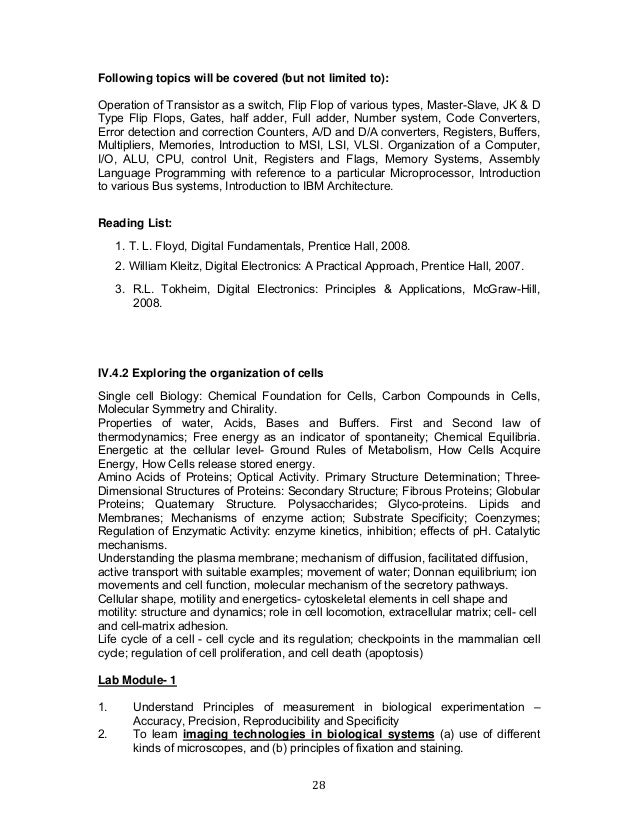- Digital Electronics With Vhdl William Kleitz Pdf To Excel Free
- Digital Electronics With Vhdl William Kleitz Pdf To Excel File
Brief Info BookDigital Electronics A Practical Approach with VHDL 9th edition AuthorWilliam Kleitz Pages972 Publish Date18 July 2011 What is it?Digital electronics text book suitable for use by students in an electronics engineering and technology curricula. ISBN-36 ISBN-43033 RatingVery good!The book contains both fixed gate (7400 series ICs) and VHDL examples. It is possible to skip the sections of the book containing VHDL and use the book for a digital electronics course without affecting the continuity of the text. The VHDL sections of the book are well marked down the side of each page.Some of the features of the book are:. Digital systems text book using 7400 series logic ICs.
Digital Electronics With Vhdl William Kleitz Pdf To Excel Free
Optional implementation of the logic gates and elements in VHDL on CPLDs or FPGAs. Software simulation of logic circuits. The free version of the Altera Quartus II software is used for VHDL development. Practical examples, problems and fault finding throughout the textHardware and Software Used HardwareThe book uses the 7400 series of logic ICs.

Digital Electronics With Vhdl William Kleitz Pdf To Excel File
Circuits can be built on a breadboard using these ICs. Altera CPLDs and FPGAs are used in examples.For implementing the optional VHDL examples, the is used (contains the Altera Cyclone II 2C35 FPGA). It should be no problem to use an alternate FPGA board with the text. Softwaresoftware from is used in the software simulation examples and exercises (not to be confused with ).software is used as the VHDL development package in the book – this is a free download. For a list of all the available editions of Altera software, see the. Book ContentsEach chapter in the book starts with a chapter outline and objectives.
Each chapter ends with review questions, a summary of what was covered in the chapter, a glossary of terms used in the chapter and various exercises and problems to be solved by the student – the problems cover design, troubleshooting, simulation and VHDL.Side notes in the book provide extra information on the work being covered.